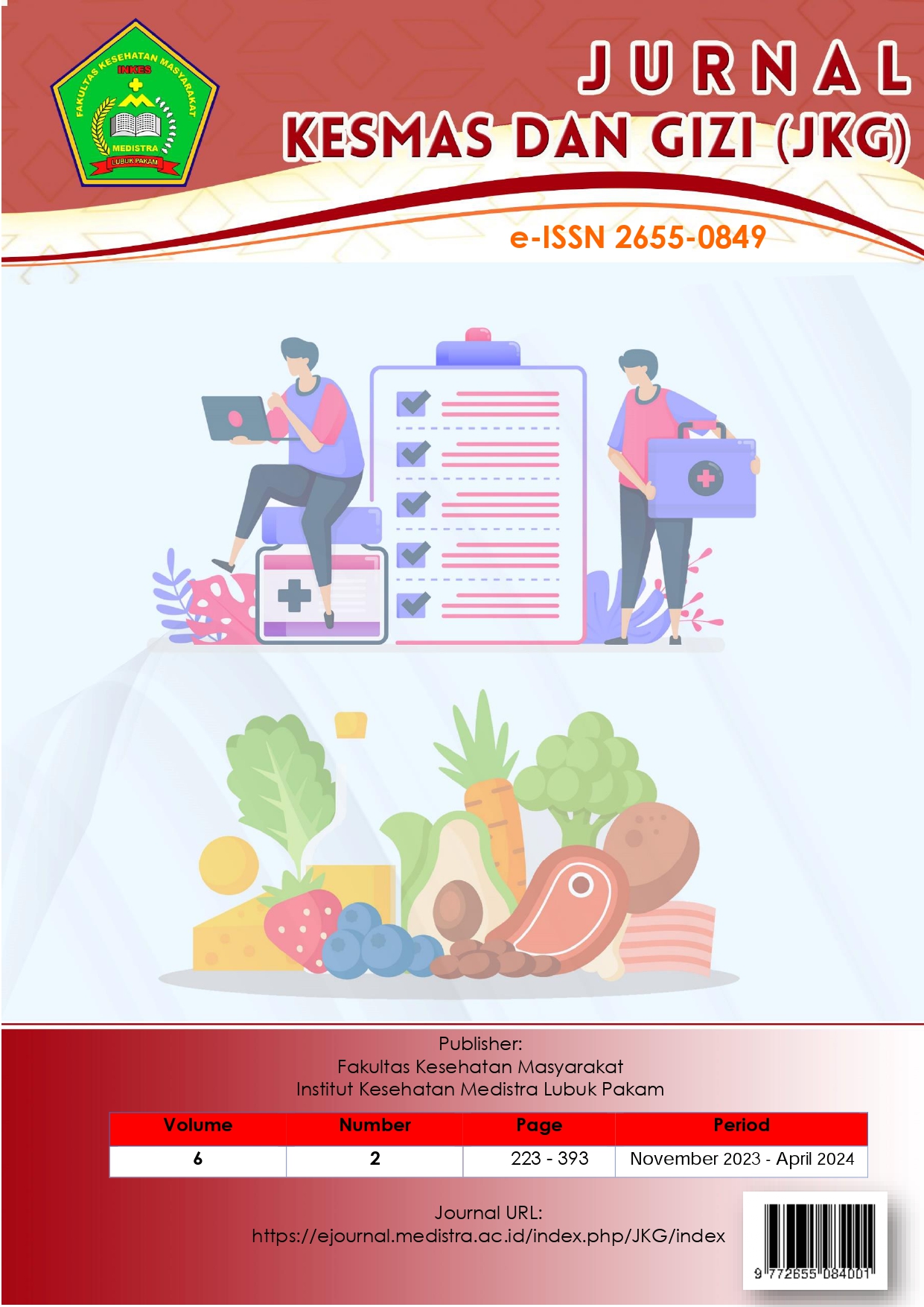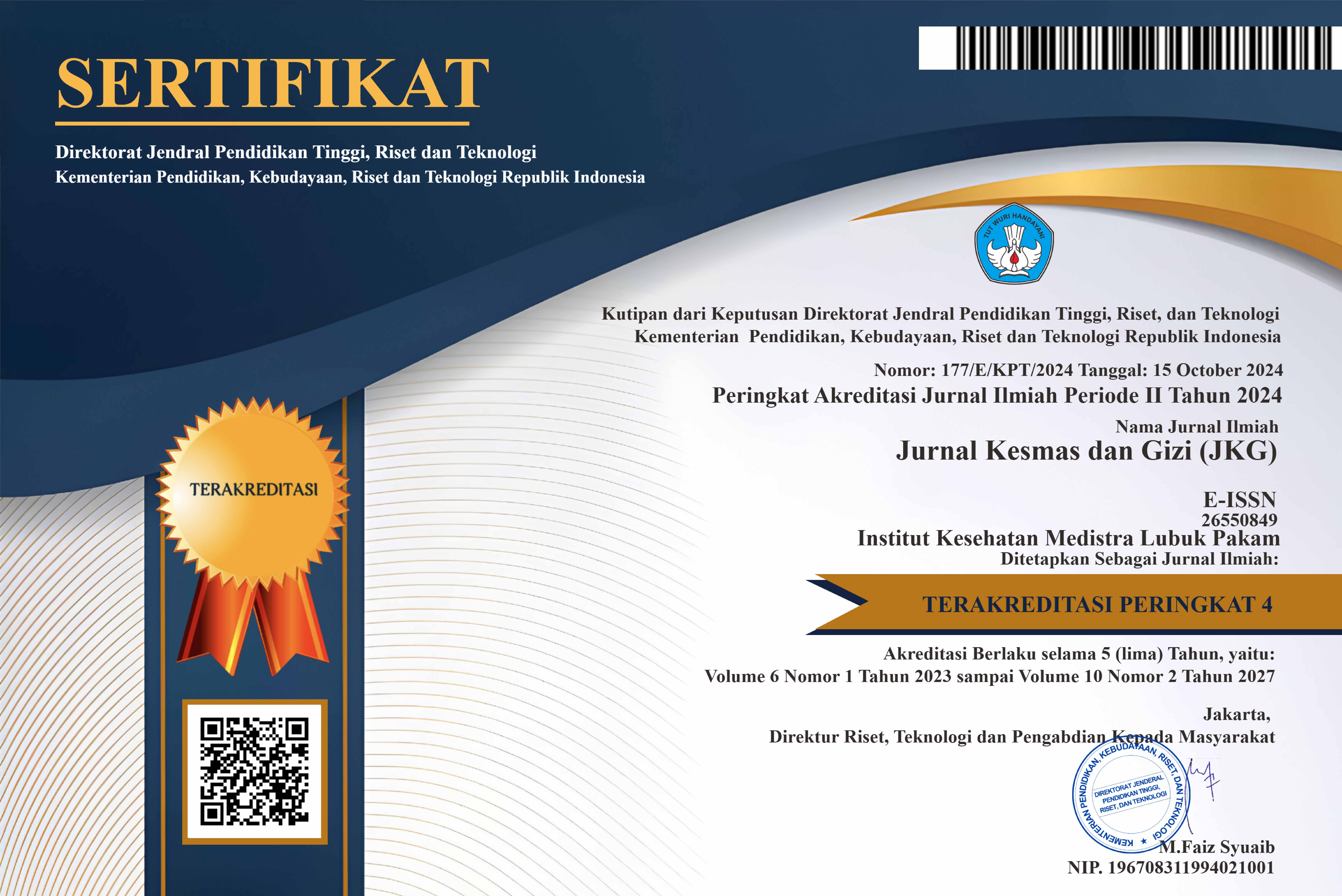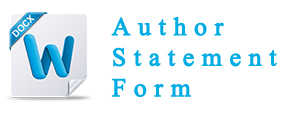The The Relationship Between Socioeconomic Status and Access to Emergency Services for Catastrophic Diseases
The Relationship Between Socioeconomic Status and Access to Emergency Services for Catastrophic Diseases
DOI:
https://doi.org/10.35451/jkg.v6i2.2519Keywords:
Socioeconomic status; Acces to Emergency Services; Cathastropic Illness.Abstract
Catastrophic illnesses are diseases that require immediate medical attention and often involve very high costs. Access to emergency services is a crucial factor in the management of these illnesses. Socioeconomic status (SES) is believed to have a significant impact on an individual's ability to access medical services. This study aims to analyze the relationship between socioeconomic status and access to emergency services for patients with catastrophic illnesses. The study uses a quantitative research design with a cross-sectional approach. The sample consists of 200 patients with catastrophic illnesses treated at referral hospitals. Data analysis was conducted using univariate descriptive statistics to describe respondent characteristics, and bivariate analysis using chi-square tests to examine the relationship between socioeconomic status and access to emergency services. The univariate analysis showed that the majority of respondents had low education, middle to lower income, and most worked in the informal sector. Approximately 65% of respondents reported difficulty accessing emergency services, particularly among the low socioeconomic group. The bivariate analysis revealed a significant relationship between socioeconomic status and access to emergency services (p < 0.05). Based on the findings, socioeconomic status significantly affects access to emergency services. Individuals with low socioeconomic status tend to face barriers in obtaining immediate medical care due to limited financial resources, knowledge, and access to adequate healthcare facilities. The conclusion of this study is that there is a significant relationship between socioeconomic status and access to emergency services for patients with catastrophic illnesses. Therefore, efforts to improve access and equitable distribution of emergency healthcare services, especially for people with low socioeconomic status, are necessary.
Downloads
References
Gerdtham, U. G., & Johannesson, M. (2005). The impact of income on health: A review of the literature. European Journal of Public Health, 15(4), 370-376.
Hossain, M. A., Kundu, A. S., & Rahman, A. (2020). Economic burden of catastrophic health expenditure in Bangladesh: Implications for the healthcare system. International Journal of Health Economics and Management, 20(3), 233-250.
Marmot, M., Stansfeld, S., & Patel, C. (2012). Social inequalities in health: The need for action. The Lancet, 360(9331), 1390-1392.
Mills, A., Rasheed, F., & Martineau, T. (2012). Strengthening health systems in low-income countries: A review of the evidence. Health Policy and Planning, 27(3), 223-231.
Nugroho, R. A., & Wibowo, A. (2017). Barriers to healthcare access in rural Indonesia: A case study of communities in East Java. Journal of Rural Health, 34(4), 471-479.
Suryanto, D., & Kartono, D. (2019). Economic barriers in accessing health services in Indonesia. Journal of Indonesian Health Policy and Administration, 43(1), 1-12.
WHO. (2020). Catastrophic health expenditures and the financial burden on households: Evidence from global studies. World Health Organization.
Zhao, Y., Wang, H., & Wei, Y. (2020). Distance to healthcare facilities and its impact on health outcomes in rural China. International Journal of Environmental Research and Public Health, 17(7), 2456.
Downloads
Published
Issue
Section
License
Copyright (c) 2024 TENGKU MUHAMMAD REZA SYAHPUTRA

This work is licensed under a Creative Commons Attribution 4.0 International License.
Copyright in each article is the property of the Author.


























